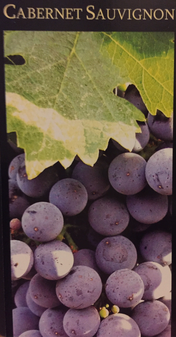
Exploring what you like to drink now, and what you like to eat, and doing some side-by-side blind tasting is a great way for me to help you figure out the wines that are really going to rock your world.
Mr Purple Teeth, though, is an open and shut case. Since the day I met him, he's been Cabernet Sauvignon's number 1 fan. I've tried many things to make him see that there are other incredible varietals out there. To be fair to him, he has changed his tastes a lot. He's even been known to sip the odd Pinot Noir (but, shhhh, don't tell anyone!).
At heart, he'll always be true and loyal to Cab. As one of the most famous and highly regarded vinifera, he's not alone. From top class Bordeaux Blends, to Napa Valley single varietals, and cheap supermarket plonk, Cabernet is a huge hit with red wine fans. The son of Cabernet Franc and Sauvignon Blanc, it adds depth, structure and discipline to blends. It's strong blackcurrant notes and age-worthiness mean it's widely planted across the world's wine regions, wherever conditions are right for it to ripen. (There aren't likely to be English Cab Sauv's for some time, unless global warming comes faster than feared.)

We'd enjoyed Okanagan Chardonnays on a trip to Vancouver some years ago, so I expected a white wine, or, perhaps an ice wine. (He did bring an ice-wine from Syrah and more of that when we get round to tasting it). I shouldn't have been as surprised as I was when he came back armed with a bottle of Mission Hill Reserve Cabernet Sauvignon (around $24 Canadian dollars at the winery). I guess I hadn't thought that this grape would do well in Canada. I was, at the very least, intrigued, if not excited about the prospect.
Four months after his return, Mr Purple Teeth was ready to taste it, so I agreed to get a nice piece of beef and make Friday night, Cabernet night.
I had another plan in mind. Test his taste memory, and get him to open his mind to a different region. In the spirit of past Chateau Purple Teeth Chardonnay battles, the North versus South Battle of Cabernet Sauvignon was on.
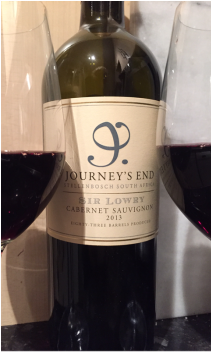 £10.99 at Waitrose till 3/11/15 (14% abv)
£10.99 at Waitrose till 3/11/15 (14% abv) We honeymooned in South Africa and enjoyed many wine tastings in Franschhoek and around. Somehow, in the time since then, his affections for Cape wines had dwindled... Would this be the one to bring them back to the table? My reputation of knowing what people will like was riding on it...
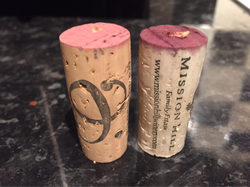
And what of the taste? The Canadian wine had been tasted and approved of, and hand carried back on 2 flights. Would my choice measure up?
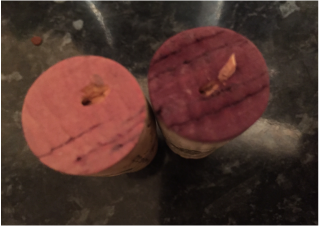
We tasted them first without food.
For Mr PT, he felt the South African wine (or wine number 1, to him) was slightly more velvety. I felt that wine number 2 (from Canada) was a tad riper and fruitier. It was perhaps a little simpler, but had a more instant appeal. I rarely choose a single varietal Cabernet Sauvignon.
The Journey's End is suitable for vegetarians, if that's of concern to you. Pairing it with beef, as we did, rendered this fact irrelevant.
So how would the wines stand up to the food?
We love enjoying a meal with 2 wines side-by-side and it's great to see how the food changes the flavour of the wine. In fact, the last time I'd enjoyed a Cabernet was with a steak at Gaucho, where I chose one by Susan Balbo to contrast with a Luigi Bosca Malbec that I'd ordered several times before. To my surprise, I'll choose the Cabernet next time.
In honesty, the notes got a little shaky towards the end of the meal. We tried to give attention to the food and wine and enjoy the moment. If the proof of the pudding is in the eating, then South Africa was a clear winner. The bottle was empty at the end of the evening, while there was enough of the Canadian Cab left for Mr PT to enjoy a glass another day.
It's a good result. The winning Cab Sauv is available locally, while the other requires a transatlantic flight to purchase a bottle.
I'd love to hear about your favourite single varietal Cabernet Sauvignons, and whether blind tasting wines side by side has changed your opinions and favourites. Leave a comment here, or on my Facebook page.
Cheers!

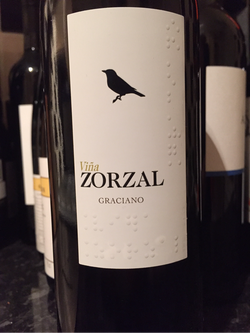
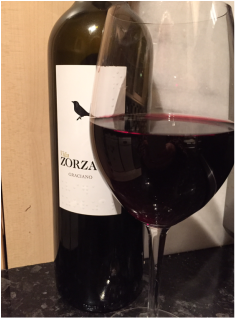
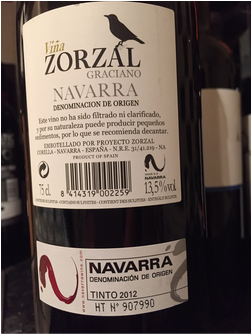
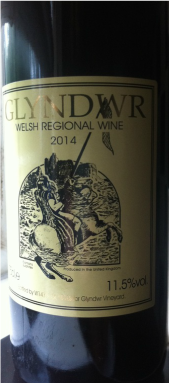
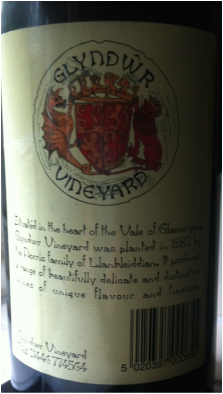
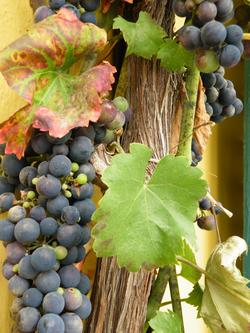
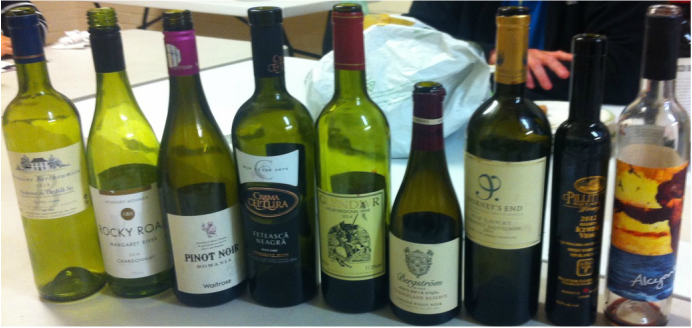
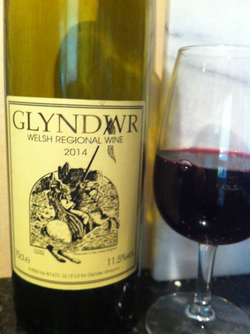
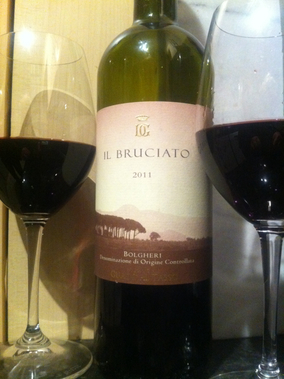
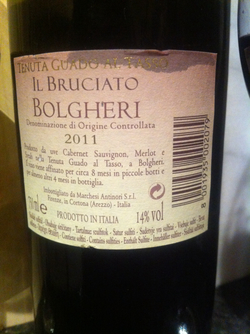
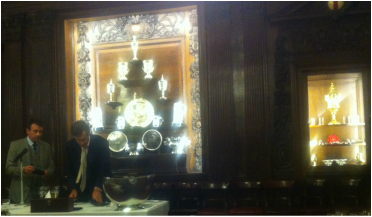
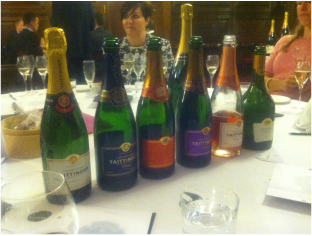

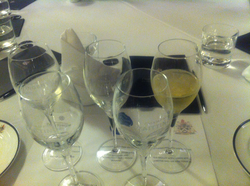
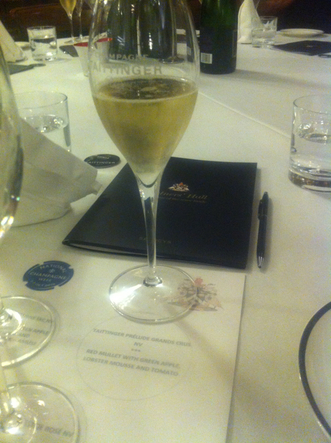
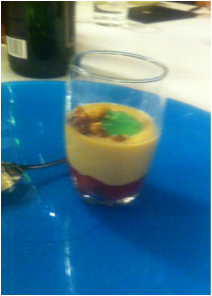

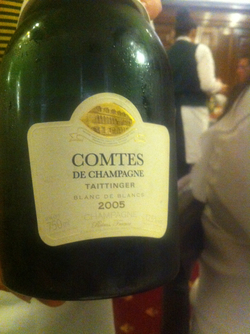

 RSS Feed
RSS Feed
